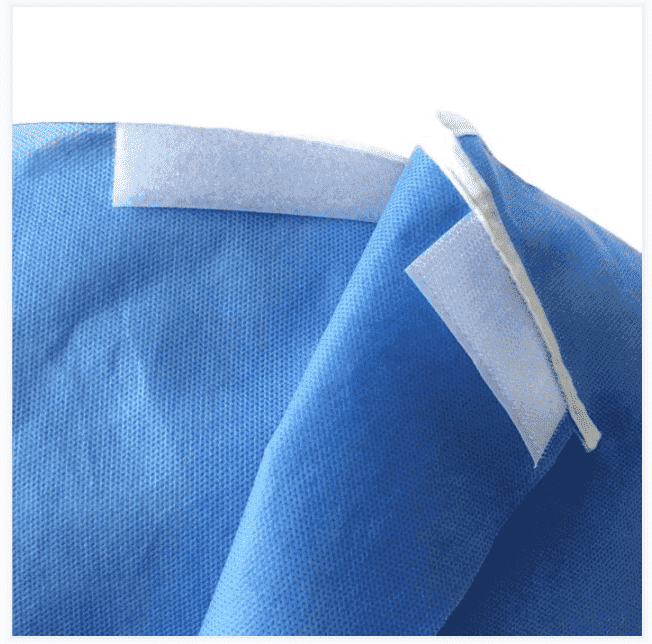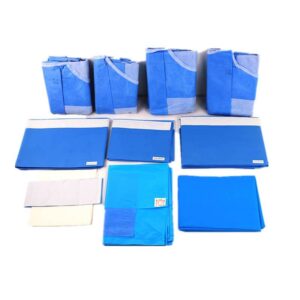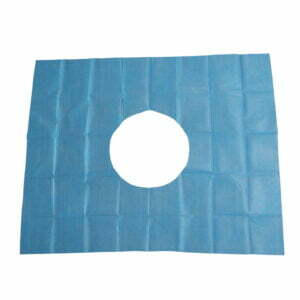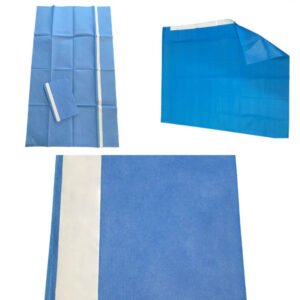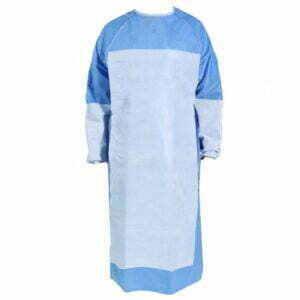- Surgical gowns must get a 501(k) premarket notification or meet standard EN13795 since they are classified as Class II medical equipment. These protective medical gowns must meet a very high standard of quality because they are subject to FDA regulation in the United States. Any medical professional performing surgery should wear one of these to protect both themselves and the patient from the spread of pathogenic bacteria, bodily fluids, and other potentially dangerous items.
- Surgical gowns can be made with or without reinforcement. Surgical gowns without reinforcements are less reliable and made for low to moderate fluid contact operations. For more invasive and demanding surgical operations, reinforced surgical gowns provide enhanced protection in some crucial locations.
- From the shoulders to the knees and wrists, surgical gowns cover and act as a barrier for these sensitive areas. Typically, set-in sleeves or raglan sleeves are used to create surgical gowns. There are towel-equipped and towel-free surgical gowns.
- SMS is the primary fabric used in the disposable gowns; it is soft, cozy, and breathable for clinicians to dress in. Two layers of meltblown polypropylene create a superior microbiological barrier while three layers of spunbond polypropylene guarantee exceptional flexibility and drapeability, severe abrasion resistance, and a cloth-like feel.


